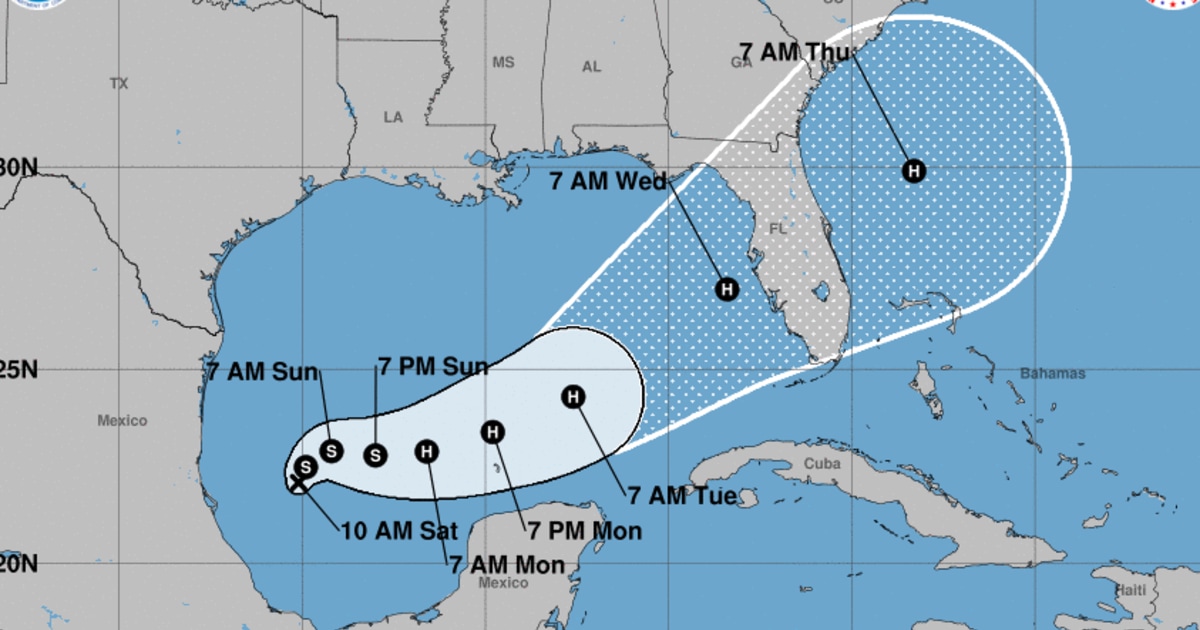
FARGO — The colder months of the year also have the greatest temperature variability. Summer afternoon temperatures will often vary from the mid-60s to the mid-90s. In winter, however, afternoon temperatures can vary from the -10s to the 40s.
The primary reason for this is the temperature gradient across the northern hemisphere. The equatorial regions of the Earth have temperatures near 90 degrees all year. Meanwhile, up around the North Pole, summer temperatures hover near freezing while winter temperatures are often 50 degrees below zero.

This means the temperature difference between the equator and the pole varies from about 60 degrees in summer to 140 degrees in winter. This increased temperature gradient in the winter makes large scale storm systems more robust and causes a much wider variety of weather from day to day. This helps explain how our weather typically goes up and down with far more regularity as we get deeper into fall.
.














